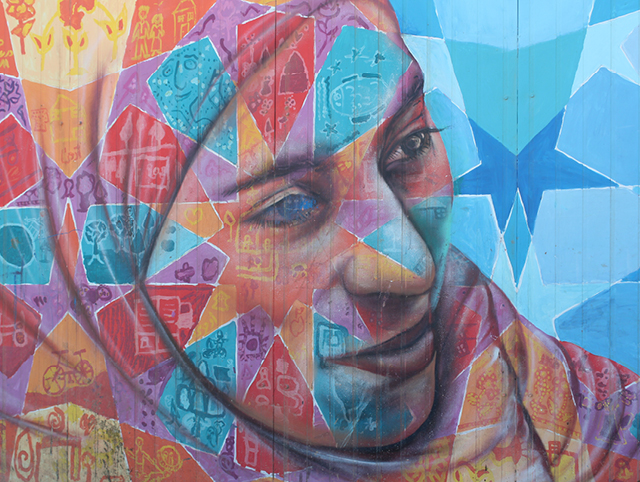A Different Kind of Camping Part IV: Logistical Challenges

The two NGOs I worked for in Jordan were very small and neither had more than five employees. Despite the lack of manpower, each member worked with a fervor that matched the desperate need around them. Early mornings and late nights were common, as it took them hours to travel to the remote corners of Jordan. I will never forget their dedication to helping some of the world’s most vulnerable men, women, and children. 
I dedicated the majority of my time to an NGO called Fondazione AVSI (Association of Volunteers in International Service). One of its initiatives included a Women’s Empowerment Project that taught Palestinian refugees how to create tatreez, a traditional form of Palestinian embroidery found on clothing and decorations sold in Western Europe and the United States. Another project, the Child Protection Program, gives refugee families a monthly income for allowing their daughters to attend an AVSI school. Families typically expect their daughters to work, and the program provides the girls with an education while protecting them from an early marriage or abusive labor situation.
The Quest for Adequate Health Care
These projects are highly beneficial and rarely affect the lives of average Jordanians. Health care, however, is an entirely different matter. Jordan’s health care infrastructure has been crumbling for years, and many Jordanians perceive the health services provided to Syrian refugees negatively due to the longer wait times they have caused. In November 2014, feeling pressure from the public, the Jordanian government passed regulations barring all Syrians from accessing Jordan’s hospitals and clinics.
The impact on refugees has been dramatic. Syrians face endemic degrees of hypertension, diabetes, and all of the associated symptoms. While these diseases are typically manageable, the lack of available treatment  and medications exacerbates their conditions and increases mortality. In response to the crisis, we created mobile clinics to provide care to vulnerable refugees living in shanties on the edge of cities or in the desert between the cities.
and medications exacerbates their conditions and increases mortality. In response to the crisis, we created mobile clinics to provide care to vulnerable refugees living in shanties on the edge of cities or in the desert between the cities.
We faced several financial and political challenges while trying to implement the mobile clinics. Among them, all refugee-assistance projects must be approved by Jordan’s Ministry of Planning and Development. In addition, the cost of stocking a single mobile clinic with medical technology, not including supplies, is several hundred thousand dollars. Furthermore, the world of aid and relief organizations is highly saturated, creating competition between hundreds of well-intentioned NGOs that need funding for their projects.
We were able to clear the funding hurdle in less than four months, though some NGOs struggle for years to receive the necessary financial resources. Our capital came from two main sources: the European Union’s Committee on Humanitarian Assistance (EUCHA) and the Italian Development Cooperation, with additional support from the Spanish Agency of International Development (AECID) and the German Society for International Cooperation (GIZ).
Unfortunately, securing financial support would prove to be the easiest part. Getting permission from the government and organizing the clinics would take the majority of my time in Jordan to figure out.
 The Daily Dose
The Daily Dose
Comments are closed.